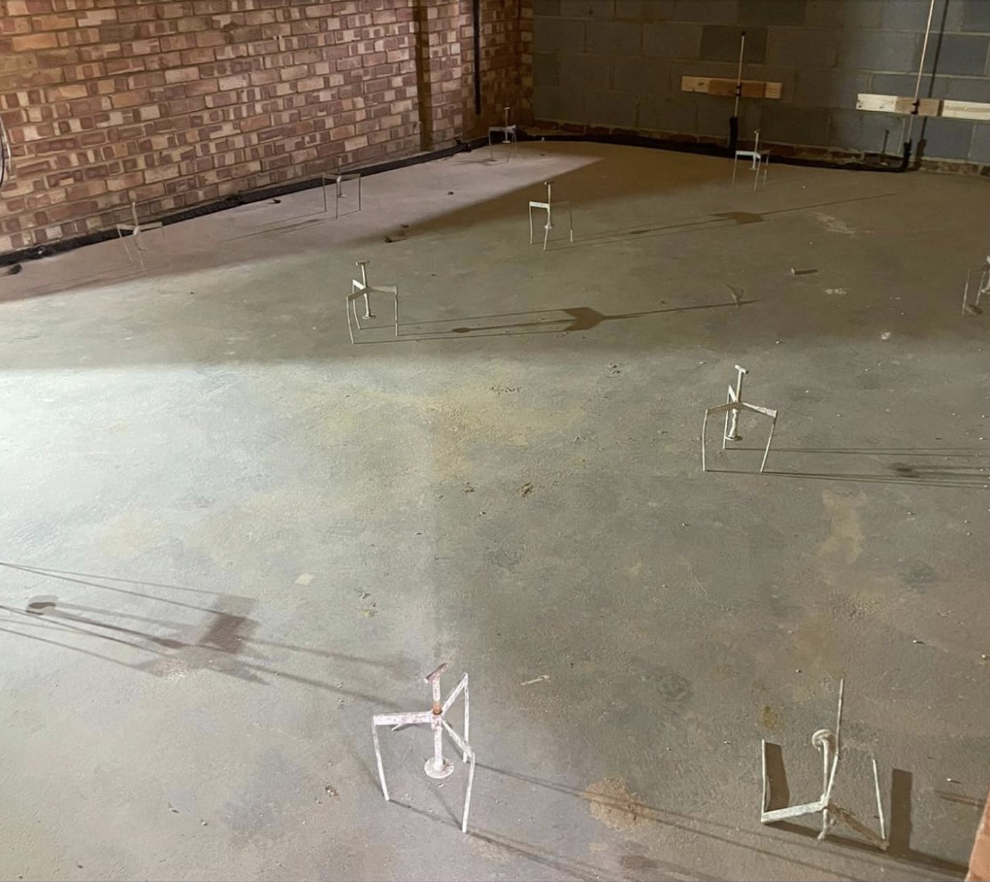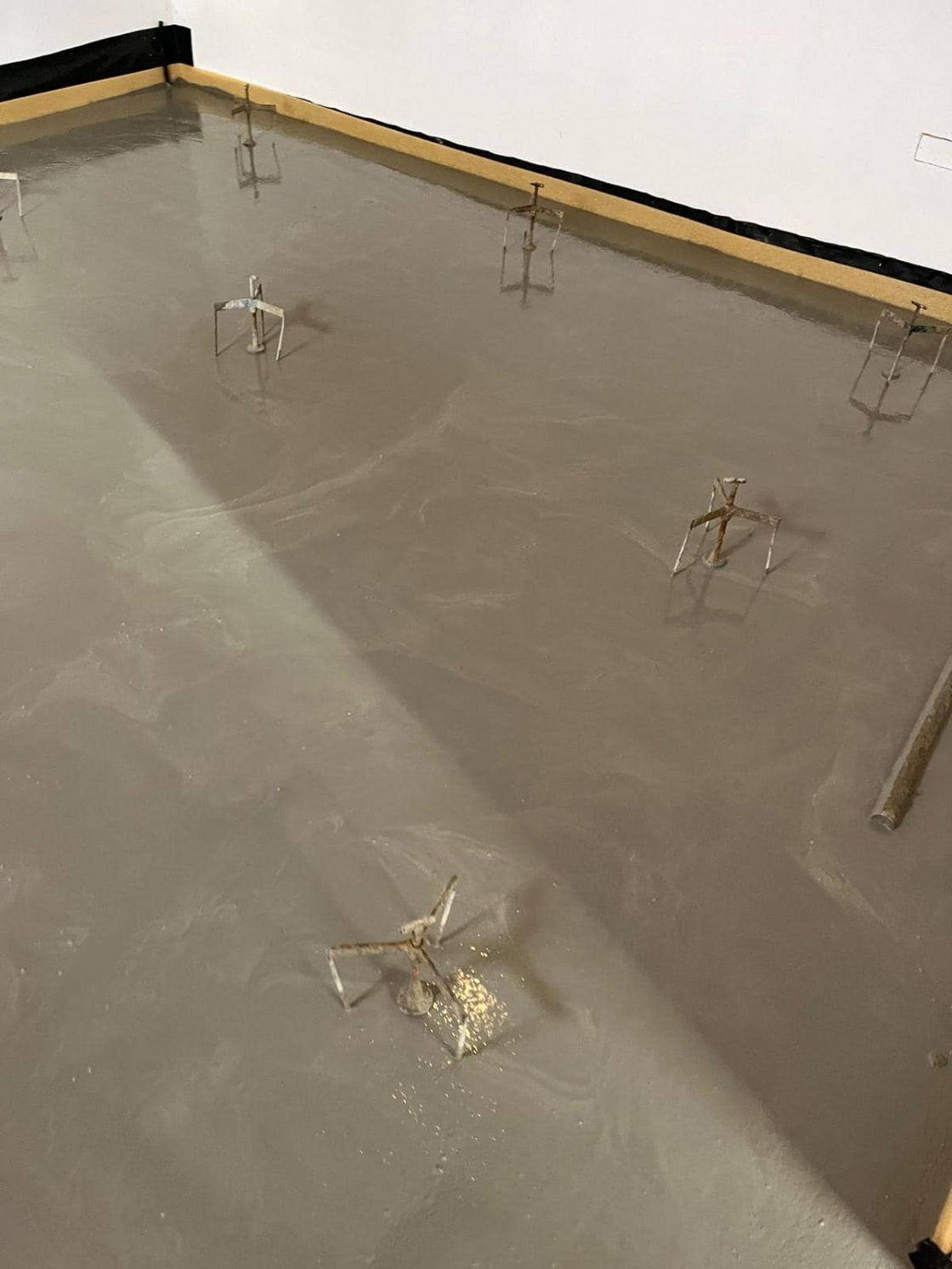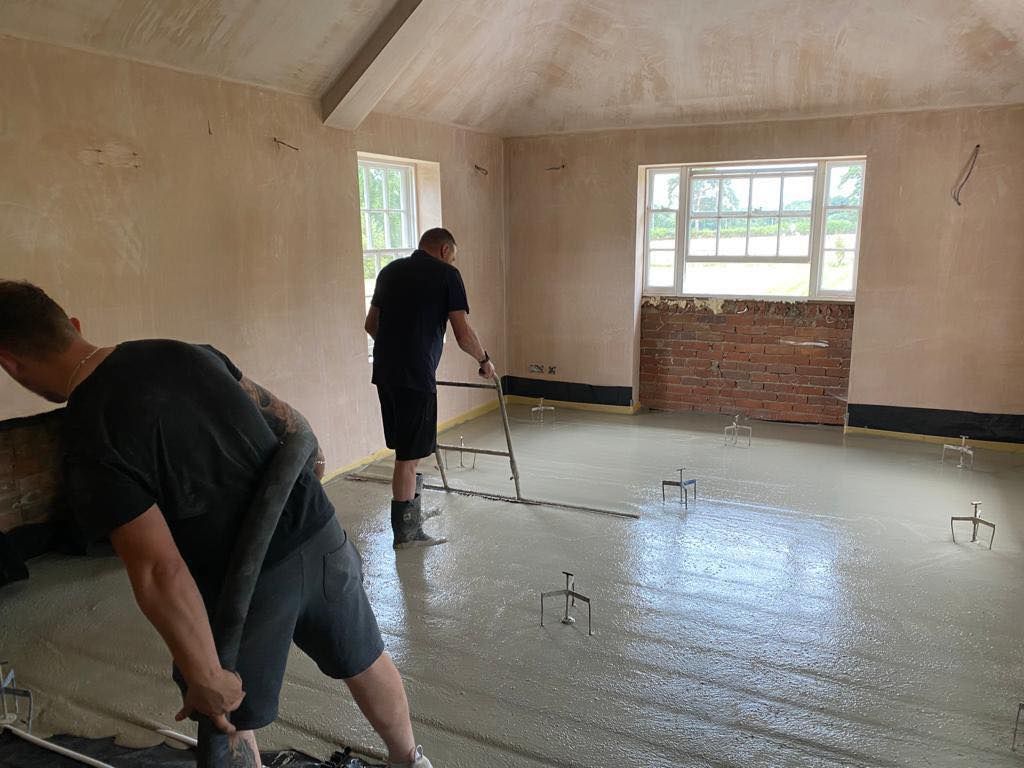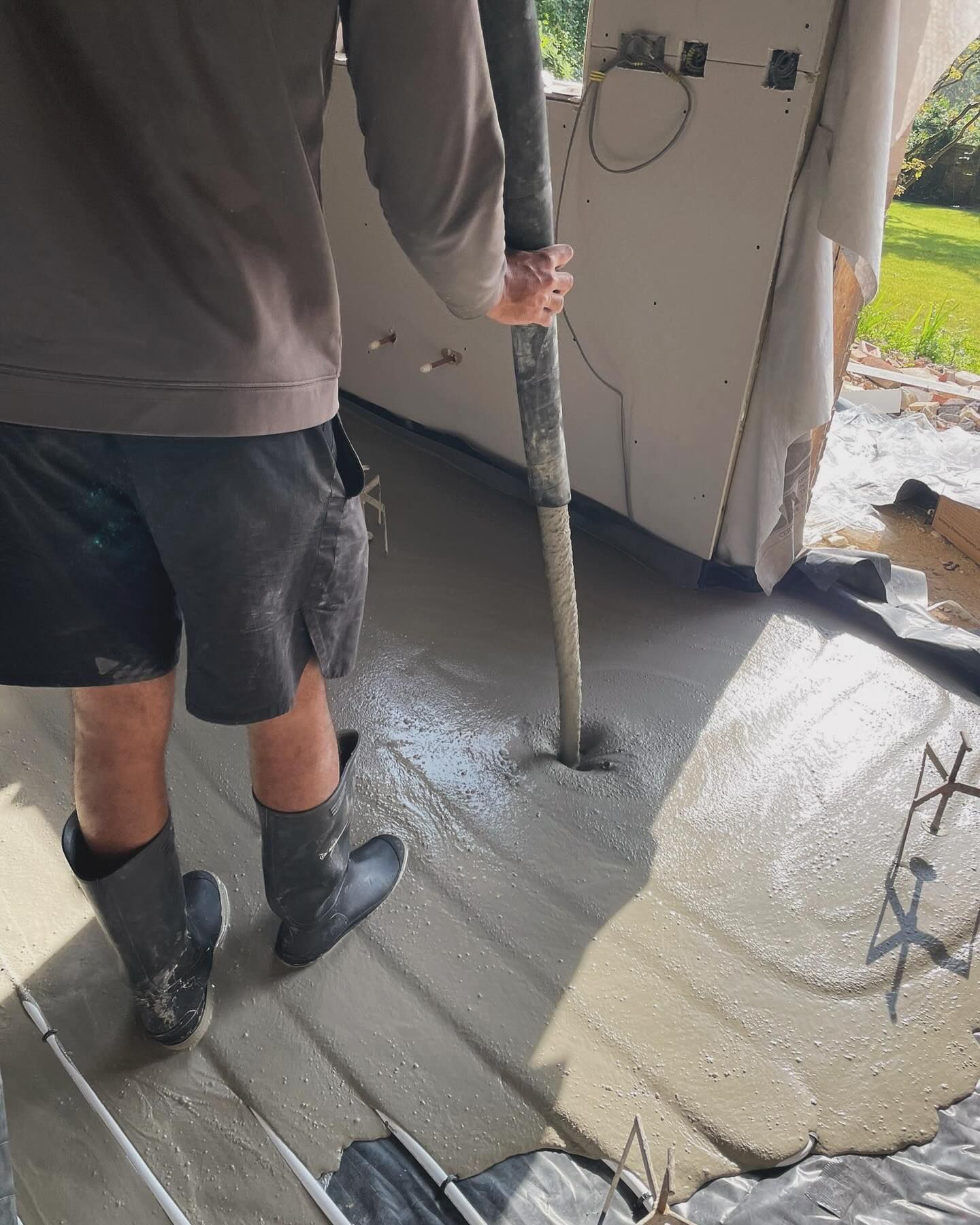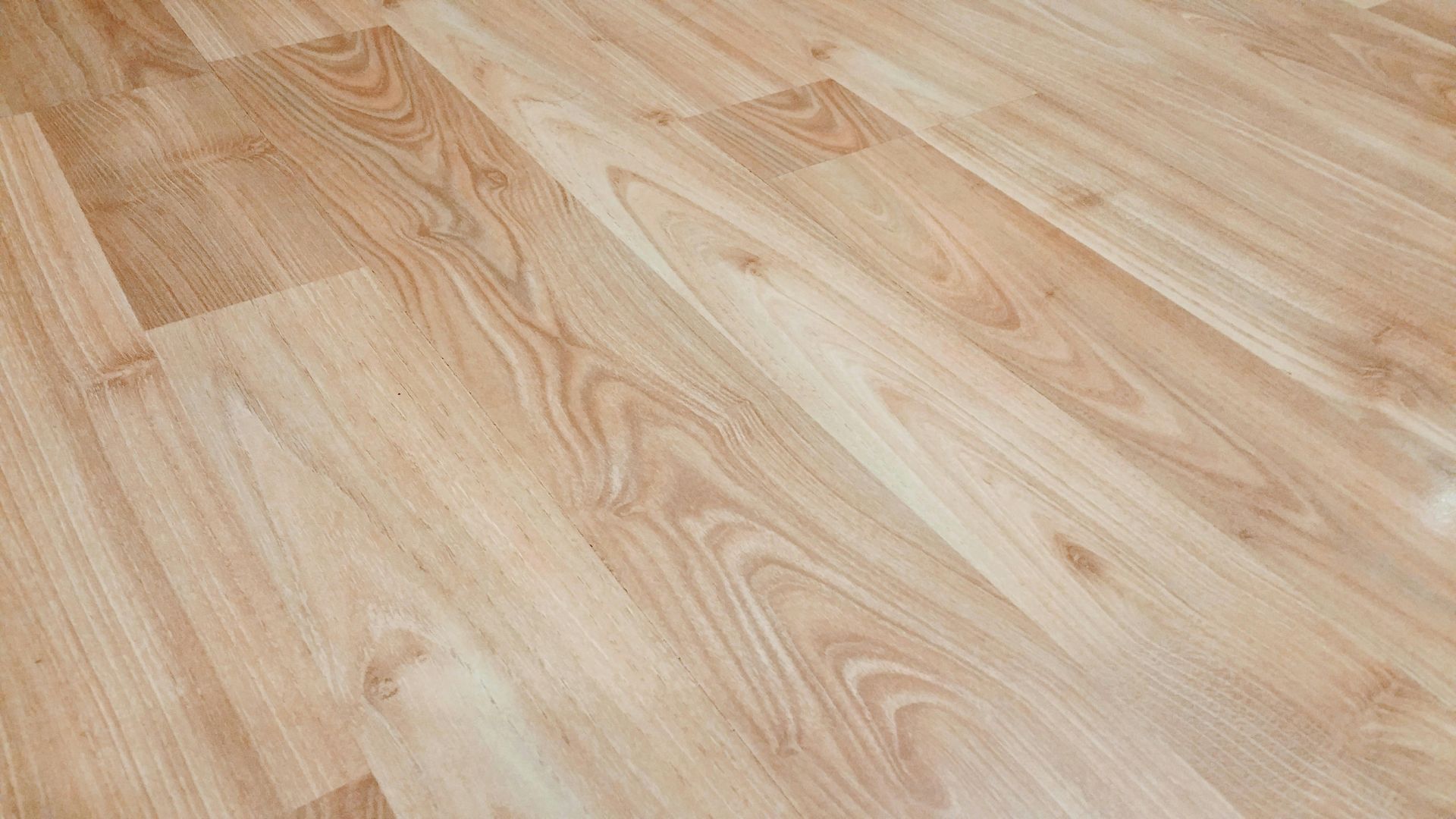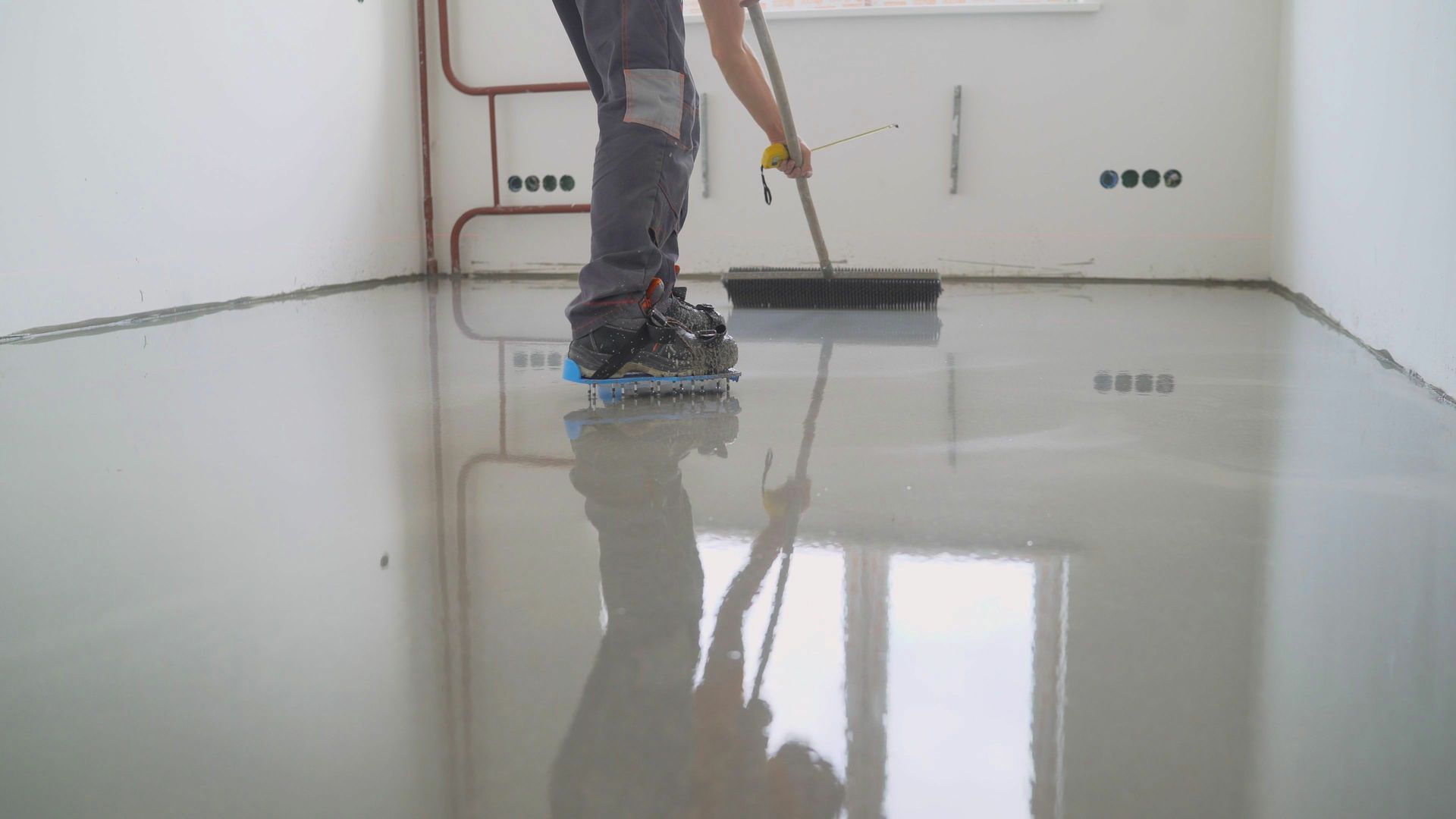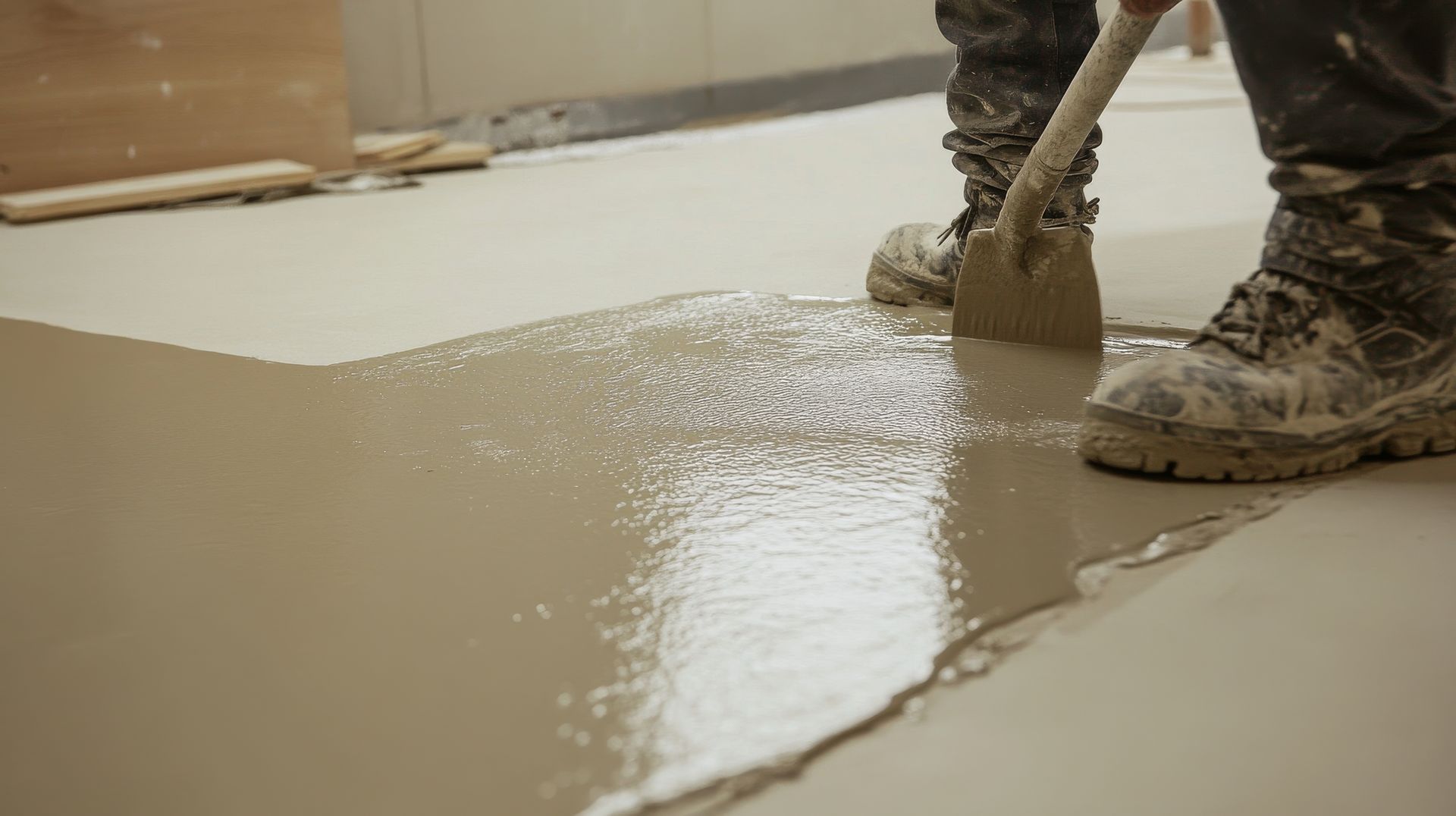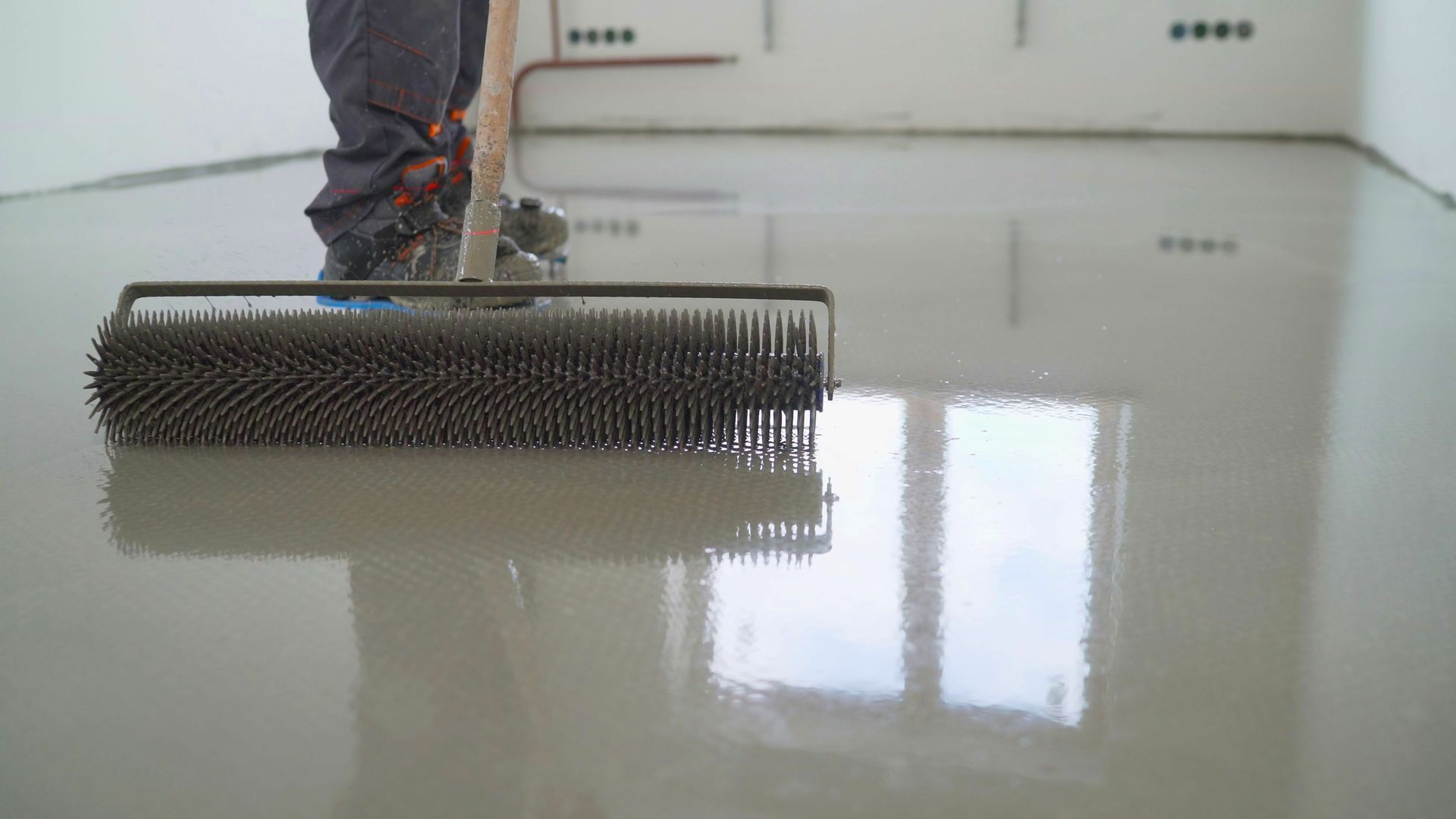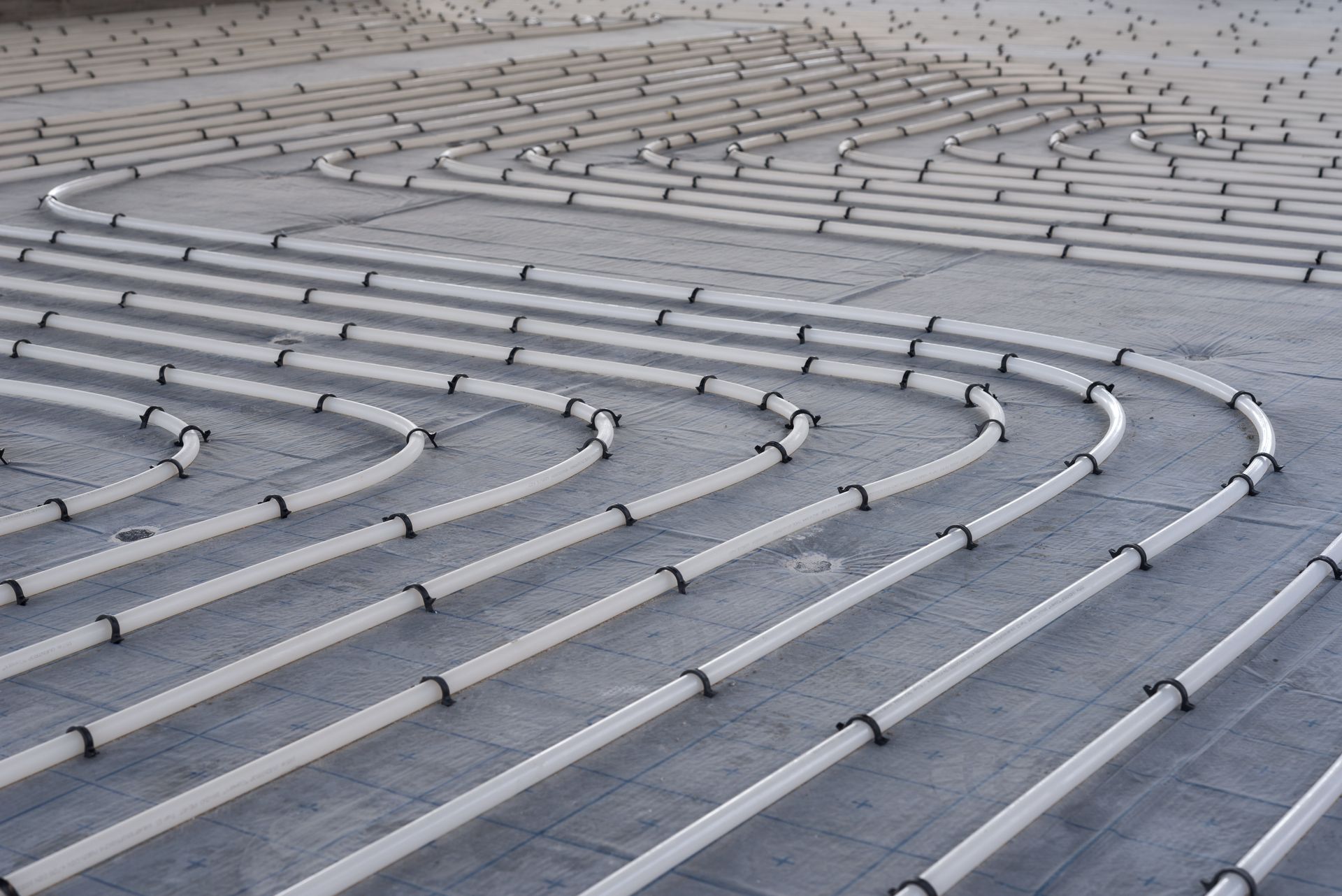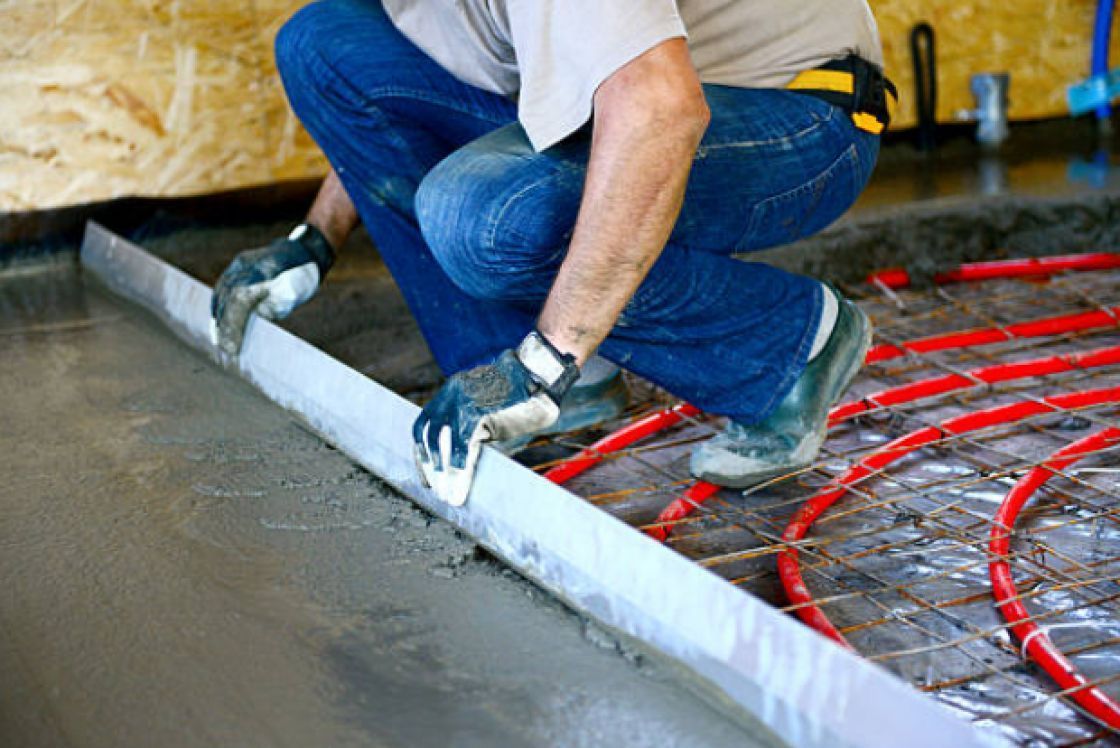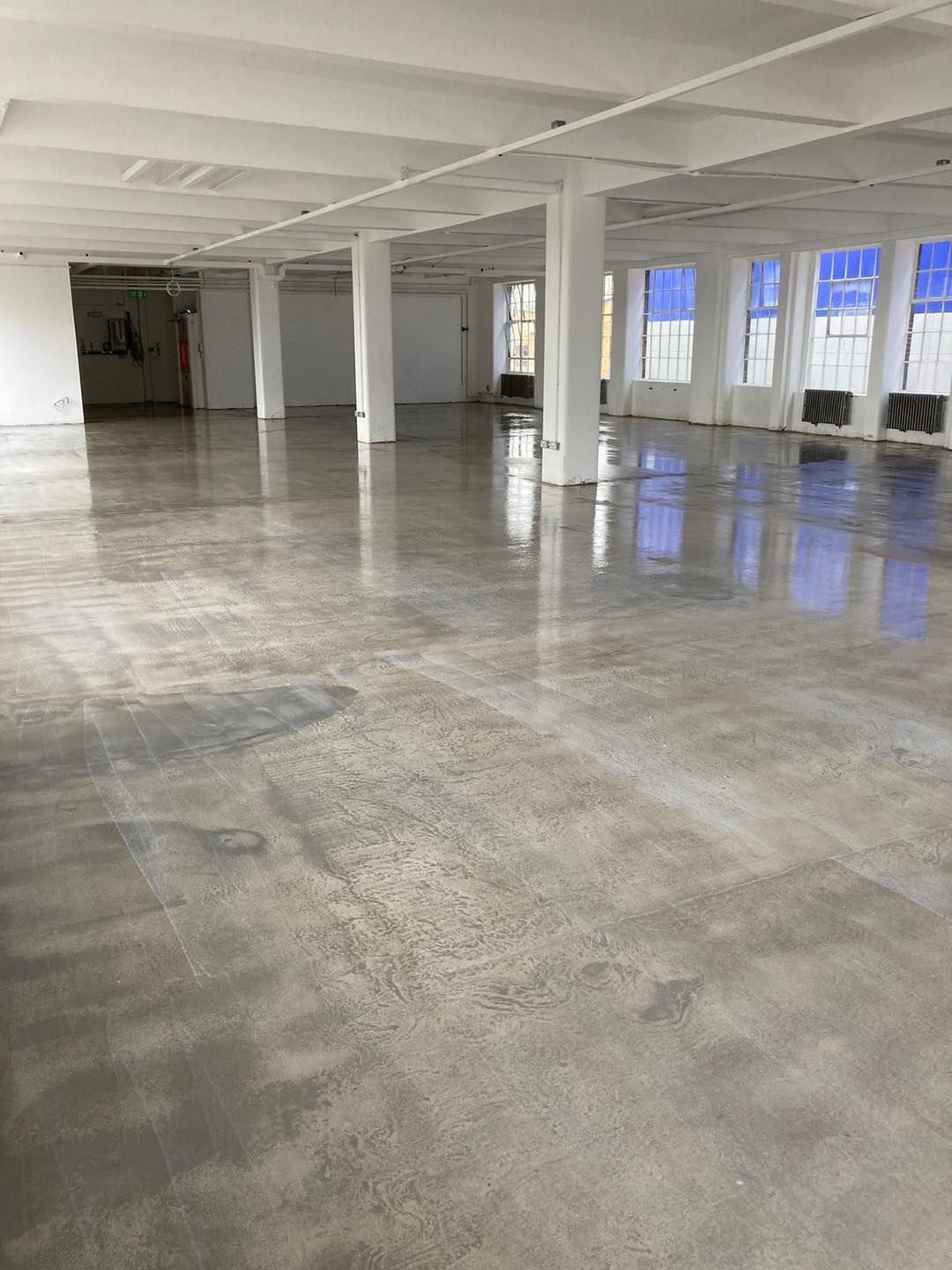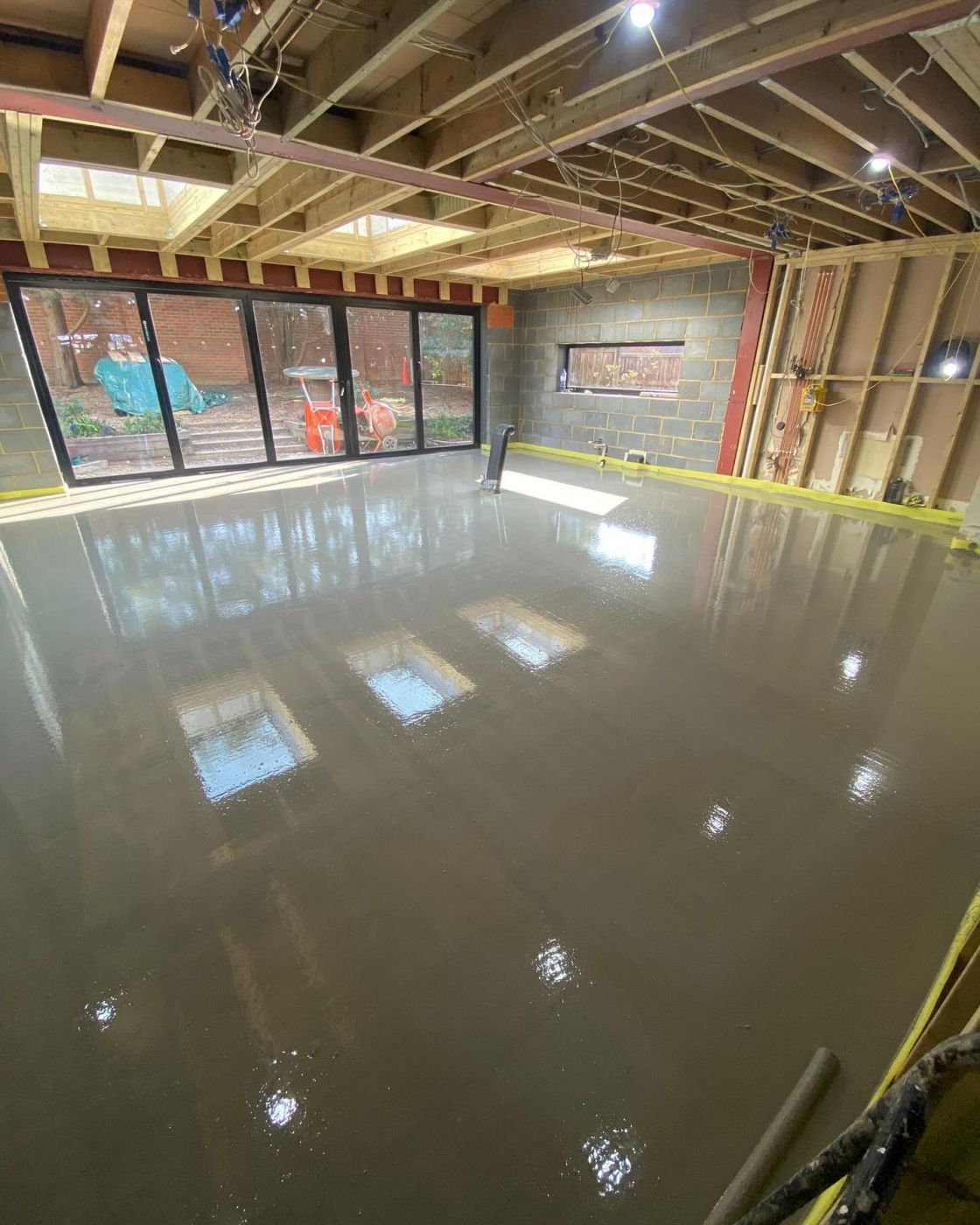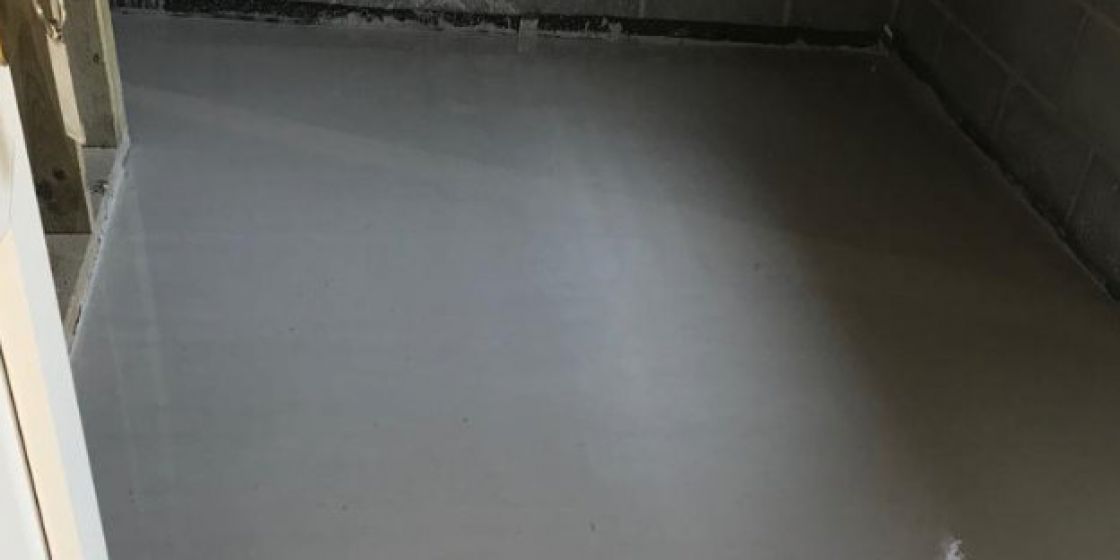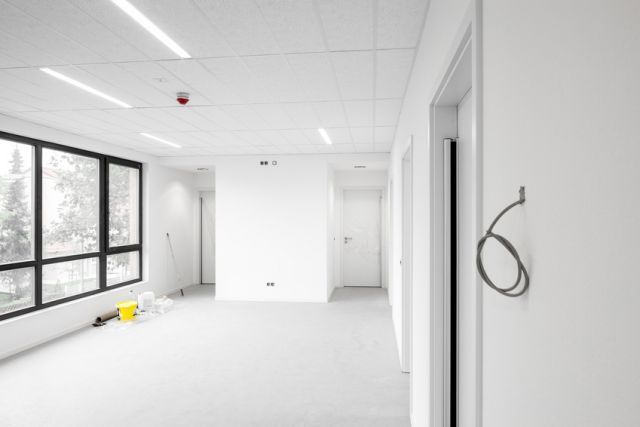FLOW SCREED VS LATEX SCREED - WHICH IS BETTER
The flooring industry is now ripe with multiple options. However, two types of screeds that have taken center stage are flow screed and latex screed With flow screed, people get access to a self-leveling screed, which is liquid. Latex screed, on the other hand, gives people access to a water-resistant screed with enhanced durability.
Which one is better? Let us dive into defining what flow screed and latex screed are before giving you an answer.
WHAT IS FLOW SCREED?
As the name suggests, flow screed flows over the surface easily when poured onto a floor substrate. It is often used as a finishing layer over the underfloor heating system.
It is usually made by mixing cement, sand, and water. However, recently, other additives have been mixed to increase its flowability. Some of these additives include synthetic anhydrite binders instead of cement.
ADVANTAGES OF FLOW SCREED
Here are some of the advantages of flow screed:
Self-Leveling
Flow screed is made up of self-leveling material. Wait for a bit after pouring it onto a floor substrate, and you’ll get a consistent finish across the entire floor.
Fewer Labor costs
Being a self-leveling screed, flow screed reduces labor costs. It veers away from tradition, letting time be the factor in reaching the right level of smoothness with no labor intervention. As a result, labor costs are reduced.
Thin Application
For those worrying about weight and load, floor screed can be applied as a thin layer without compromising the quality.
Minimal Shrinkage
When the floor screed cures with time, people won’t have to face a lot of shrinkage. Lack of shrinkage leads to fewer cases of cracks appearing on the floor.
High Compressive Strength
Flow screeds are also equipped with high compressive strength after they are cured. It helps them be more durable and able to handle heavy loads. Its average compressive strength is around 28 days > 30 n/mm2.
WHAT IS LATEX SCREED?
Latex screed is a type of screed with attributes similar to a flow screed. However, latex-based additives are mixed here. The leading ones include Styrene Butadiene Rubber, acrylic latex, natural rubber latex, polyvinyl acetate, and more. The formula for this type of screed varies from manufacturer to manufacturer.
ADVANTAGES OF LATEX SCREED
Some of the advantages of latex screed include:
FLEXIBILITY
With latex additives, the screed becomes more flexible, allowing it to sustain heavy loads and stay protected from cracks.
MORE ADHESION
Latex additives are good adhesives capable of sticking well with substrates such as concrete, wood, or existing flooring.
WATER RESISTANT
Latex screed is water resistant, making it suitable for floors prone to moisture. For this very reason, latex screed is a preferred flooring solution for bathrooms and kitchens.
ENHANCED THERMAL SOLUTION
Depending on the formula used, latex screed provides better thermal insulation. For that reason, they are often used to cover insulation or underfloor heating pipes.
SMOOTH SURFACE
Latex screed offers a smoother and more level surface, so they are preferred in many places where the floor’s look matches its practicality.
WHICH ONE IS BETTER -LATEX SCREED OR FLOW SCREED
In terms of attributes, both latex and flow screed are the same. However, if you pick between the two, here are the following things to consider.
FLEXIBILITY OR SPEED
If you want the floor to be durable and flexible but it takes time to cure properly, you can go with the latex screed. Flow screed, on the other hand, cures quickly, which makes installation faster.
COST CONCERNS
If you’re concerned about labor costs, you can take a more traditional route and stick with flow screed. The additives used to enhance its properties are less costly.
ADHESION
How critical is adhesion to you? In scenarios where it is crucial, you can pick latex screed due to its adhesion properties. Flow screed, although adhesive as well, has less focus on it.
WATER RESISTANCE
Flow screed is behind latex screed regarding water resistance because it has more traditional requirements.
THE VERDICT
In the end, it is your choice that dictates which type of your screed you want. That will depend on the scenario in which you’re using the screed, which means the place that requires installation. Assess your options with Screed Easy and find the best ones that suit your requirements.
Are you looking for a local screeding company?
Contact Screed Easy for more information.
